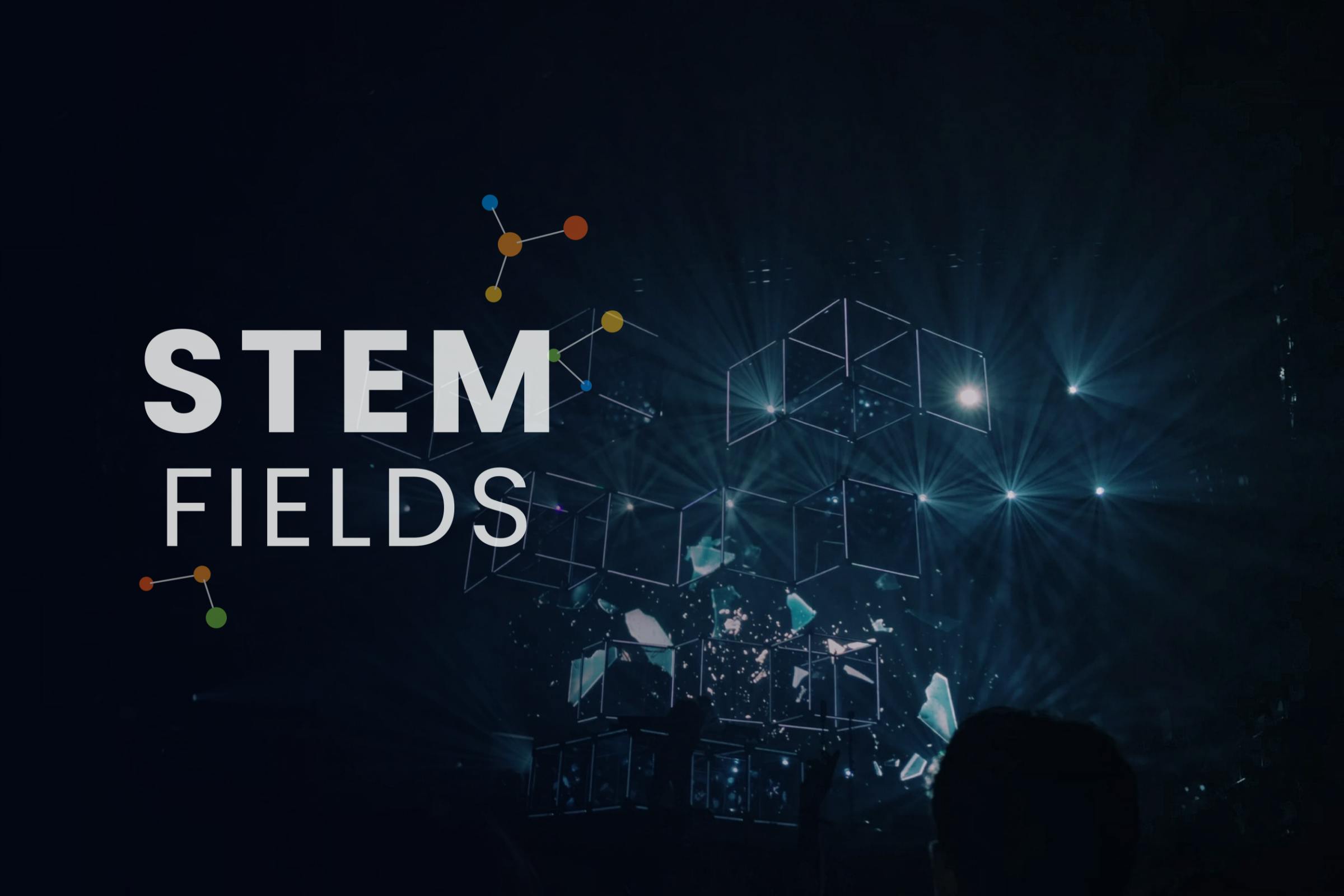The visa program gives US employers access to a larger pool of highly skilled and educated workers. In this article, we will explore the impact of foreign workers on H-1B visas on the STEM (Science, Technology, Engineering, and Mathematics) fields in the United States.
Overview of the H-1B Visa Program
The H-1B visa program was established by the Immigration Act of 1990 to allow US employers to hire foreign workers in specialty occupations. In order to qualify for the H-1B visa, a foreign worker must have an education requirement, specialized knowledge in their field, and a job offer from a US company.
Additionally, H-1B workers must have at least a bachelor’s degree or equivalent, be paid a prevailing wage, and demonstrate that hiring a foreign worker is necessary for the employer to continue operations.
Beyond these general requirements, the Immigration and Nationality Act, which outlines the H-1B visa program, also includes special provisions for scientists and engineers working in the United States.
The H-1B visa program has attracted some of the world’s most talented workers to the United States. The program is also a major part of the STEM fields in the US, allowing foreign workers to come and contribute to the fields’ continued success.
With so much talk about the H-1B visa, you might wonder if there is a chance of getting one. The chances are slim. Only 65,000 visas are approved annually out of over 300,000 registrations, plus an additional 20,000 for applicants with Master’s degrees or higher.
Companies looking to bring in foreign workers on an H-1B visa may also need to file an LCA (Labor Condition Application) Form with the Department of Labor before bringing anyone in on an H-1B visa. This means you'll likely have to start your process six months ahead if you want to hire someone on an H-1B visa.
Benefits of the Program
The H-1B program allows for a more diverse and talented workforce in the US. It also allows foreign workers to work in some of the most advanced industries in the world.
The program has also created additional opportunities for research and innovation in the STEM fields. For example, STEM specialists who enter the United States on H-1B visas are often given the opportunity to pursue research opportunities at some of the world’s top universities and research centers.
It’s especially useful for tech companies that need highly skilled engineers and other professionals. In return, those employees get a chance at life in the United States and the opportunity to build their careers with those employers.
Challenges of the Program
Despite this program's benefits, challenges come along with it. These primarily focus on issues of competition and job security for foreign workers.
First, there is potential unfair competition between foreign and domestic workers. The H-1B visa program has allowed a growing number of STEM specialists to come to the United States.
That has resulted in more competition in the STEM fields. This could cause domestic workers to lose out on potential jobs and negatively impact the future of the STEM fields in the United States.
Secondly, H-1B visas have expiration dates. The visas allow foreign nationals to work and reside in the US for a maximum of six years. This can lead to job insecurity for foreign workers.
If their employment situation changes while on the H-1B visa, they need to find a new sponsor in order to stay in the US.
Impact of Foreign Workers on STEM Fields
H-1B visas are an important cog in the US tech economy. Many companies rely on them to hire specialized foreign workers when they can’t find suitable domestic talent.
This influx of foreign workers has significantly impacted the STEM fields in the United States.
There is potential for the H-1B visa program to positively impact innovation in the STEM fields through its encouragement of the “importation of ideas.”
Foreign workers have the opportunity to learn from the STEM fields in the United States and bring new ideas back to their home countries. This can create a mutually beneficial exchange that positively impacts the STEM fields in both countries.
What’s Next?
The H-1B visa is commonly associated with information technology and software development, but it is much more than that.
If you work in the tech sector or have connections in it, you may be able to help someone get an H-1B visa sponsorship for a foreign worker. These visa sponsorships can make all the difference when trying to find a new employee who needs one to take the job.
The STEM field is vast, but it can be challenging to know where to look to find someone willing to hire a foreign worker. Contact Visa2US today, and let us help direct you on how to find prospective employers willing to sponsor qualified nonimmigrants on an H-1B visa.














